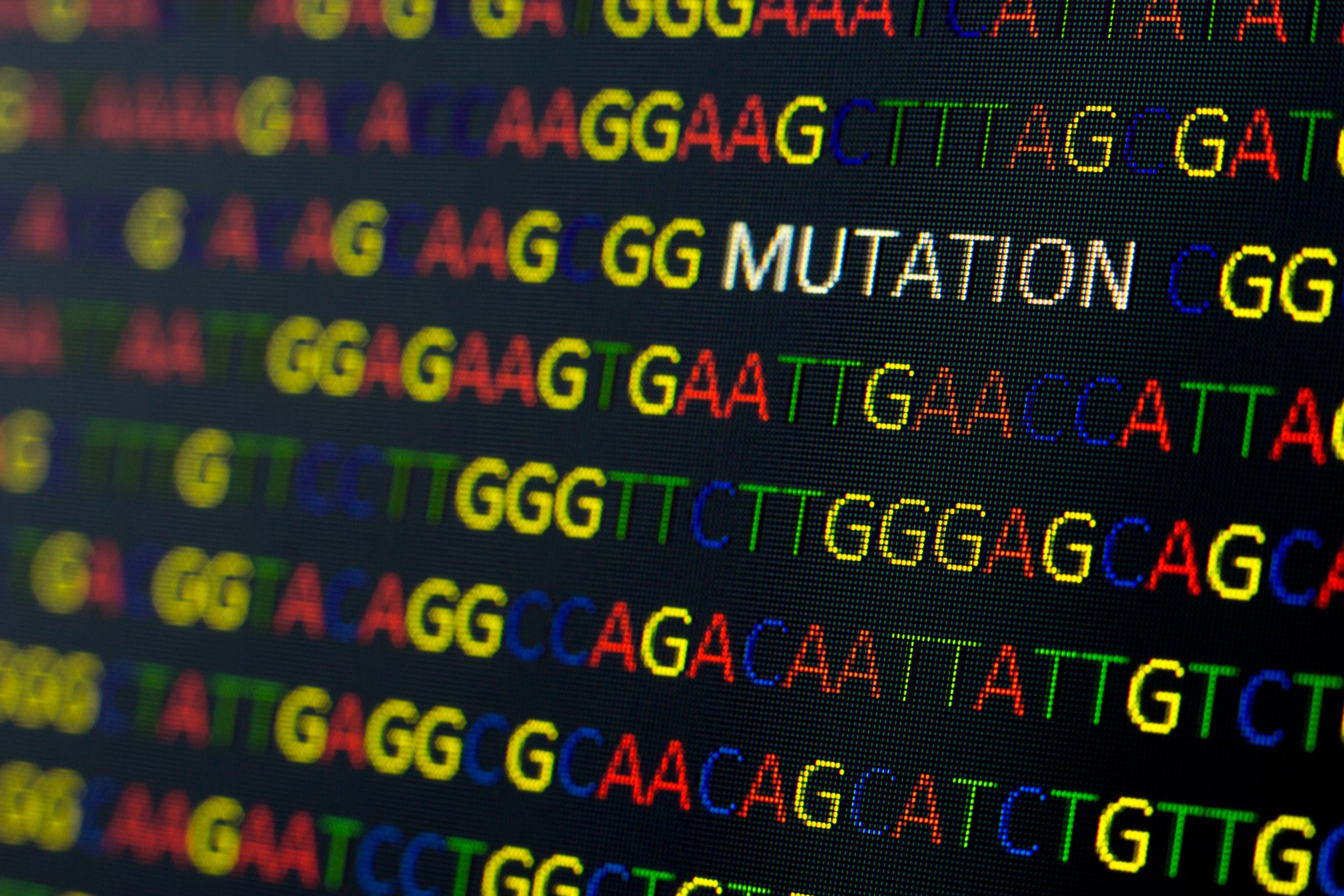Nucleic acid isolation is an important technique in the field of molecular biology, used for various applications such as PCR, sequencing, and gene expression analysis. A variety of methods have been developed for isolating nucleic acids from different sources, but many of them require expensive reagents and complicated protocols.

In this blog, we will discuss a simple and efficient method for isolating nucleic acids using a nucleic acid isolating reagent. This method is suitable for isolating genomic DNA, total RNA, and small RNA from different organisms, including bacteria, plants, animals, and fungi.
The nucleic acid isolating reagent used in this method is a proprietary chemical mixture that selectively precipitates nucleic acids by creating conditions of low salt and low pH. The reagent is supplied as a ready-to-use solution and can be stored at room temperature. It is compatible with different sample types, including blood, tissue, and cell culture, and can be used with both fresh and frozen samples.
To isolate nucleic acids using the nucleic acid isolating reagent, follow these simple steps:
1. Collect the sample and suspend it in an appropriate buffer. The sample can be any biological material that contains nucleic acids, such as blood, tissues, or cell cultures.
2. Add the nucleic acid isolating reagent to the sample and mix well. The ratio of reagent to sample varies depending on the sample type and volume, but typically ranges from 1:5 to 1:10.
3. Incubate the mixture for 5-10 minutes at room temperature. During this time, the reagent will precipitate nucleic acids from the sample by creating conditions of low salt and low pH.
4. Centrifuge the mixture at maximum speed for 5 minutes to pellet the precipitated nucleic acids.
5. Discard the supernatant and wash the pellet with 70% ethanol to remove any residual contaminants.
6. Air-dry the pellet briefly and resuspend it in an appropriate buffer for downstream applications.
This method provides high yields and purity of nucleic acids, and can be completed within 30 minutes. The nucleic acid isolating reagent is also cost-effective compared to other commercial reagents, making it suitable for high-throughput applications.
In conclusion, nucleic acid isolation is a critical step in many molecular biology applications, and the choice of method can greatly affect the quality and quantity of the isolated nucleic acids. The nucleic acid isolating reagent presented in this blog provides a simple and efficient method for isolating high-quality nucleic acids from different sources, and may be a useful tool for researchers in various fields.